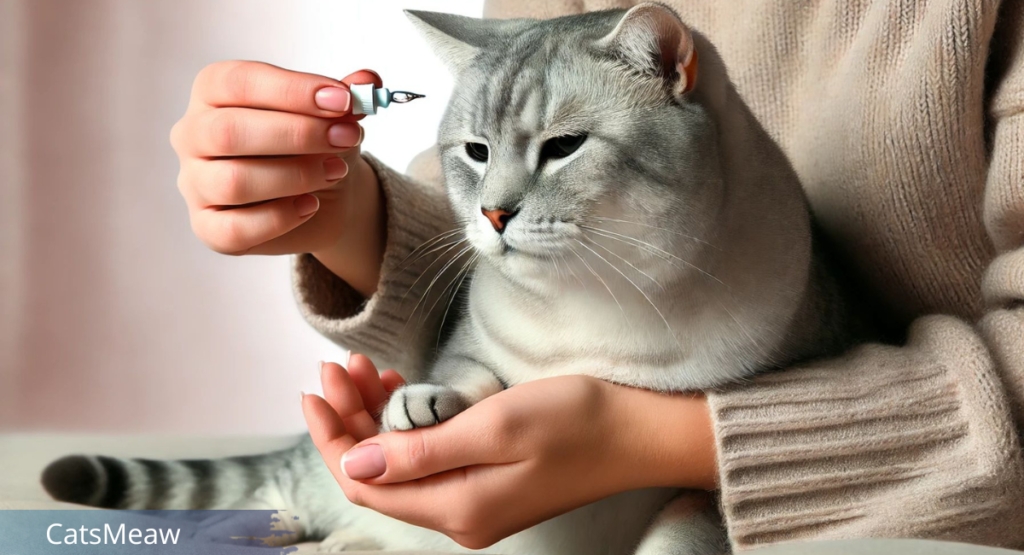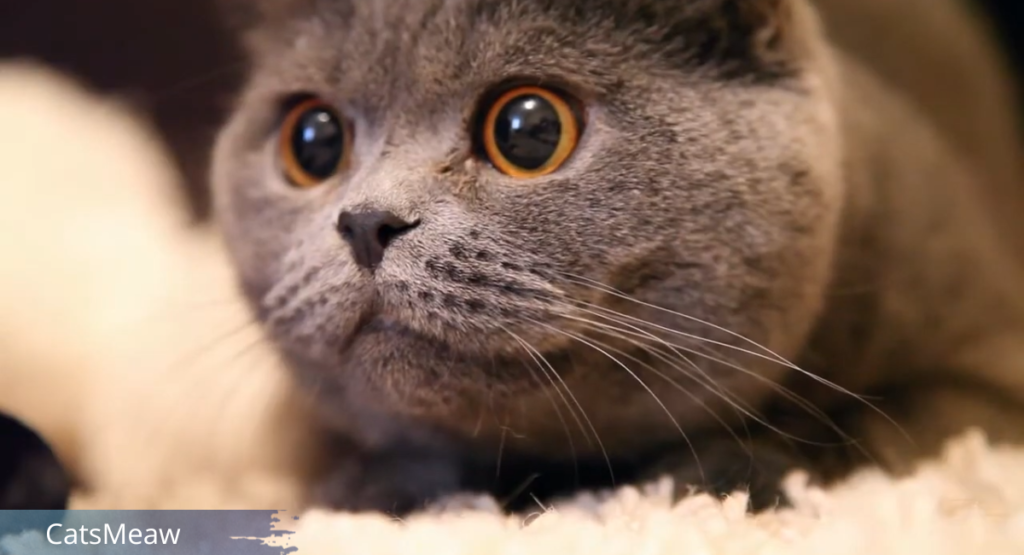As cat owners, it’s natural to want the best care for our cats, especially when they’re experiencing discomfort from allergies or anxiety. Benadryl, a widely known over-the-counter antihistamine for humans, is sometimes recommended for cats as well. But is it safe? This article dives into Benadryl for cats, including its benefits, recommended dosage, and important safety precautions.

Benadryl, known generically as diphenhydramine, is a common antihistamine that helps alleviate symptoms such as itching, swelling, and sneezing. While Benadryl is primarily intended for humans, veterinarians sometimes recommend it for cats to manage mild allergic reactions or anxiety.
Table of contents
- Common Uses of Benadryl for Cats
- Related : Cat Food for Cats with Allergies
- Dosage and Administration
- How to Safely Administer Benadryl to Your Cat
- Potential Side Effects of Benadryl in Cats
- Safety Tips and Precautions
- When to Avoid Benadryl for Cats
- Related: Itrafungol for Cats: Best Treatment for Fungal Infections
- Alternatives to Benadryl
- FAQs
Common Uses of Benadryl for Cats
- Allergy Relief
- Cats have ability develop allergies to various environmental factors, including dust, pollen and certain foods. Symptoms may include sneezing, watery eyes and itching. Benadryl can help alleviate these symptoms by blocking histamines, which are chemicals released during an allergic reaction.
- Motion Sickness and Anxiety
- For cats who experience anxiety during car rides or travel, Benadryl can have a mild sedative effect that may help them stay calm. It’s sometimes used to manage motion sickness, particularly in cats that have trouble adjusting to car rides or other forms of transportation.
- Insect Bites or Stings
- In the event of an insect bite or sting, cats may experience localized swelling, redness, or itching. Benadryl can help reduce these reactions, providing your cat with quick relief from discomfort.
Related: Cat Food for Cats with Allergies
Dosage and Administration
It’s obligatory to check-up your veterinarian before administering Benadryl to your cat. However, the commonly recommended dosage for cats is 1 mg of Benadryl per pound of body weight. Here’s a breakdown of how to administer Benadryl to ensure safety and effectiveness:
- Confirm the Dosage with Your Vet
- While 1 mg per pound is a general guideline, your vet may adjust the dose based on your cat’s specific health conditions, age, or other factors.
- Liquid vs. Tablet Form
- Benadryl comes in liquid, tablet, and capsule forms. Tablets are often easier to administer to cats, but if using a liquid form, avoid those containing alcohol or additional ingredients. Stick to children’s Benadryl liquid if needed, as it has a lower concentration.
- Frequency
- The recommended frequency is typically every 8-12 hours, depending on the severity of the symptoms and your veterinarian’s advice.
How to Safely Administer Benadryl to Your Cat
- Tablet Form: Wrap the tablet in a treat or a small piece of wet food to make it easier for your cat to swallow.
- Liquid Form: Use a syringe to gently squirt the liquid into the side of your cat’s mouth, allowing them time to swallow.
- Pill Pockets: Specialized pill pockets are available at pet stores and are designed to hide medication in a way that’s palatable to cats.
Potential Side Effects of Benadryl in Cats
While Benadryl is generally safe when given in the correct dosage, cats may still experience side effects, including:
- Drowsiness
- The most common side effect is drowsiness, which can be beneficial if you’re using it to calm an anxious cat.
- Dry Mouth
- Benadryl can reduce saliva production, which may make your cat feel thirsty or uncomfortable. Ensure that the cats have access to fresh water.
- Urinary Retention
- In rare cases, cats may experience difficulty urinating. If you notice this, discontinue use and contact your vet immediately.
- Gastrointestinal Upset
- Some cats may experience nausea or vomiting after taking Benadryl. Administering the dose with food can help reduce this risk.
- Excitability or Agitation
- While uncommon, some cats may react to Benadryl with increased energy or restlessness instead of calmness.

Safety Tips and Precautions
- Avoid Extended Use
- Benadryl is generally intended for short-term use. Extended use can increase the risk of side effects, and underlying health issues should be addressed directly by a vet.
- Avoid Benadryl with Additives
- Only use plain Benadryl with diphenhydramine as the sole active ingredient. Avoid formulations with alcohol, artificial sweeteners, or other medications, as they can be harmful to cats.
- Don’t Mix Medications
- If your cat is taking other medications, consult your vet before using Benadryl to avoid potential interactions.
- Monitor for Allergic Reactions
- Although rare, cats can have an allergic reaction to Benadryl itself. Watch for any signs of difficulty breathing, swelling, or extreme agitation after administration, and seek veterinary care immediately if symptoms arise.
When to Avoid Benadryl for Cats
Certain cats should not be given Benadryl due to health risks. Avoid giving Benadryl if your cat:
- Has glaucoma, heart disease, or high blood pressure.
- Is pregnant or nursing.
- Has been diagnosed with a condition affecting the urinary system.
Related: Itrafungol for Cats: Best Treatment for Fungal Infections
In these cases, discuss alternative treatments with your veterinarian.
Alternatives to Benadryl
If Benadryl isn’t suitable for your cat, there are other remedies you may consider for mild allergy relief or calming effects:
- Natural Supplements: Products containing chamomile, valerian root, or L-theanine may have calming effects.
- Veterinary-Approved Allergy Medications: In some cases, your vet may recommend other antihistamines that are more suitable for cats.
- Pheromone Diffusers: Products like Feliway can help create a calm environment for anxious cats without medication.
Conclusion
Benadryl can be a useful option for managing allergies, anxiety, or minor reactions in cats when used correctly and under the guidance of a veterinarian. Always follow your vet’s recommendations for dosage and frequency, and monitor your cat for any potential side effects. With proper use, Benadryl can provide relief and improve your cat’s quality of life.
FAQs
1. Can I give my cat Benadryl for itching?
Yes, Benadryl may help alleviate itching caused by allergies. Consult your veterinarian to confirm the right dosage.
2. How much Benadryl should I give my cat?
The typical dosage is 1 mg per pound of body weight, but always verify this with your vet.
3. Is Benadryl safe for long-term use in cats?
Benadryl is usually recommended for short-term relief. For long-term allergy management, discuss other options with your vet.
4. Can I use liquid Benadryl for my cat?
Yes, but ensure it’s plain children’s Benadryl without alcohol or additives. Avoid adult formulations that may be too concentrated.
5. What should I do if my cat has a reaction to Benadryl?
Discontinue use and contact your vet if you notice symptoms like difficulty breathing, agitation, or swelling.
